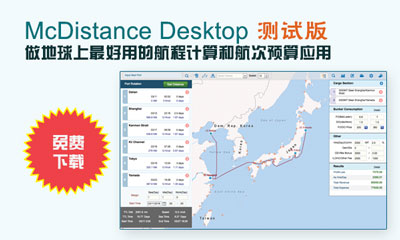 New Zealand waterjet manufacturer HamiltonJet said four of its HT900 waterjets were selected for IncatCrowther’s latest project - a first-of-type 70m Catamaran Fast Crewboat for operations in the Caspian Sea oil industry in Azerbaijan.
New Zealand waterjet manufacturer HamiltonJet said four of its HT900 waterjets were selected for IncatCrowther’s latest project - a first-of-type 70m Catamaran Fast Crewboat for operations in the Caspian Sea oil industry in Azerbaijan.When completed in 12 months time, this vessel will reportedly be the world’s largest high speedcrewboat operating in the global oil industry. It will also be the largest vessel HamiltonJet has been involved in.
The DP2 class vessel will have four control stations, each utilizing HamiltonJet’s MECS control system integrating with a DNV DYNPOS-AUTR dynamic positioning system. This system provides improved safety during crew transfers in conditions up to sea state 4.
With four 2880kW MTU engines each turning 900mm diameter waterjets expected top speed is 36 knots with an efficient service speed of 30 knots at full load and 90% MCR. This speed performance will make the vessel more cost effective than helicopter transfer of crew and cargo, while the semi-SWATH hull design of the vessel, along with active ride control, will reduce stress on passengers so they arrive at an oil platform fit to work. She will be capable of carrying 150 passengers and 14 crew, along with 200 metric tons of deck cargo, in up to 40 knot wind and seas of 3m significant wave height.
The vessel is under construction at the Incat Tasmania shipyard, with the design by IncatCrowther and production engineering by Revolution Design. The final product incorporates key experience and strengths by each of the parties involved. Incat Tasmania has the specialized facilities, construction methodologies and experience of very large aluminum catamarans. Revolution Design has incorporated the production engineering design techniques optimized over multiple build projects at Incat Tasmania.
In designing this new 70m vessel class, IncatCrowther drew on its previous experience with the SEACOR CrewZer class of fast catamaran crewboats, with the forth of these recently launched in the U.S. These vessels also utilize HamiltonJet waterjet propulsion (quad HM811s) and the combination of catamaran hull form and waterjets has proven very successful.
According to the manufacturer, HamiltonJet waterjets work particularly well in DP capable vessels, where the powerful 360 degree thrust forces generated by the jet’s split duct reverse deflector at any boat speed effectively act as an azimuth thruster. The effect of the waterjet maneuvering thrust is further enhanced with the wide spacing of the jet units in a catamaran configuration – two jets per hull – which provides even better control of the vessel’s stern and can even assist with sideways movement of the bow. It is in no small part his low speed maneuverability provided by HamiltonJet waterjets compared to other waterjet manufacturers that has seen the company dominate in the fast crewboat sector.
Prior to this vessel, the largest vessel HamiltonJet waterjets were used in was the 68.5m Gulf Craft-built crewboat MsNetty. This monohull, designed by IncatCrowther, also utilizes quad HT900 waterjets and has a top speed of 32 knots.
HamiltonJet has not yet seen its largest waterjet model, the HT1000, fitted in a crewboat vessel, but the company reported the waterjet model is already in use in the patrol boat sector.





